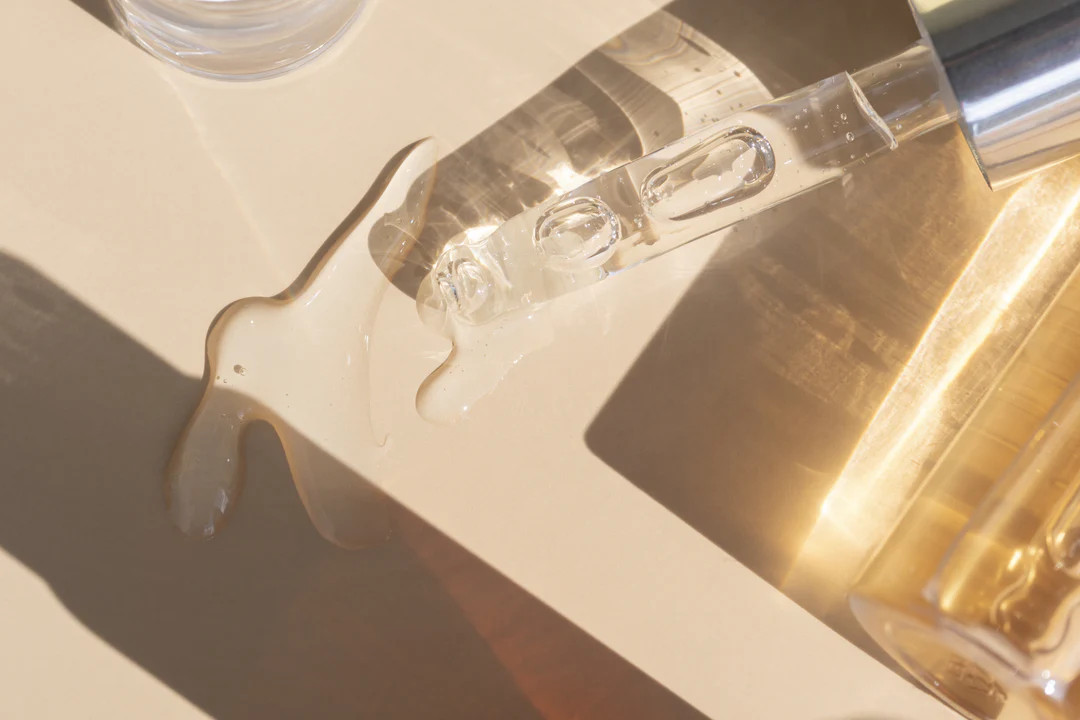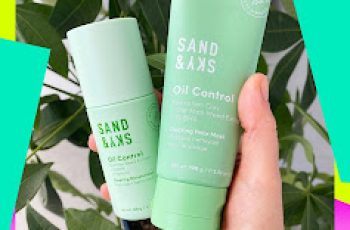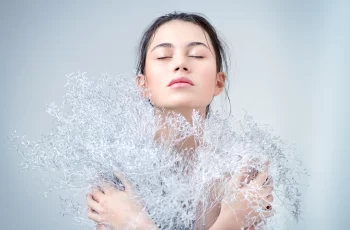
Can you layer peptides and retinol?
It’s easy to think that layering skincare products is a simple task if you only have a vague understanding of it. If you’re new to beauty products, the idea of layering skincare products can be daunting, especially ones with such unusual names like peptides and retinol. But don’t panic, everything will be a lot easier to understand after today’s blog post, so let’s dive in and find out if you can layer peptides and retinol.
Before we get started, let’s quickly summarize the benefits of peptides and retinol for skin care and the results you can expect.
What are the benefits of peptides for skin care?
Reduce the appearance of fine lines and wrinkles
Help strengthen the skin barrier
Provide anti-inflammatory properties to the skin
Make skin feel and look firmer
Boost collagen production
Repair skin barrier damage
What are the benefits of retinol for skin care?
Fights signs of aging like fine lines and wrinkles
Brightens skin for a radiant complexion
Regulates oily skin types
Reduces the frequency of breakouts and acne
Reduces dark spots and hyperpigmentation
Can peptides and retinol be used together?
Yes, you can indeed do so. Using peptides and retinol together requires some time and consideration due to the high potency of both ingredients. Many skin experts believe that while peptides are effective on the skin, they tend to penetrate too deeply into the underlying layers. This can help many people with oily or combination skin, but for dry or sensitive skin, it can cause skin irritation and severe dryness.
If you’re unsure whether to use peptides and retinol together, you can alternate between the ingredients. Ideally, you should use retinol in your evening routine, as UV radiation deactivates the potent vitamin A and prevents it from doing its job. If you want to learn more about using peptides and retinol together, read our dedicated blog post.
Which comes first, peptides or retinol?
If you choose to use peptides and retinol together, you’ll get the best results by using the retinol first. This means your skin can benefit from the many benefits of retinol, as well as the care of peptides. This can counteract over-drying of the skin and keep the protective barrier fully functioning.
If you use the two ingredients separately, it’s best to use peptides in the morning and retinol in the evening. Not only does this mean that retinol needs to be left on overnight, but also because our skin has a circadian rhythm, which means that its needs change every 24 hours between morning and evening. In the morning, your skin needs help protecting itself from UV rays, pollution, and other free radicals, while at night, your skin needs help repairing pre-existing damage.
Can I use peptides in the morning and retinol at night?
Of course, by using peptides in the morning and retinol at night, you can ensure that your skin is getting the best results from these powerful substances. Even if you’ve built up a tolerance to the effects of retinol, you may still inadvertently cause skin irritation. By using peptides in the morning, you’re providing your skin with nutrients while ensuring that the peptides can boost collagen production. They are then able to repair the damage caused by exposure to free radicals throughout the day.
Let me put it simply: retinol can increase your skin’s sensitivity to light. So, wear SPF 30+ sunscreen every day, even if it’s cloudy or rainy.
Are peptides good for wrinkles?
Yes, peptides are very effective for reducing wrinkles. Peptides are short chains of amino acids that form the building blocks of collagen and elastin in the lower layers of the skin. When applied topically to the skin in the form of a serum or moisturizer formula, peptides can act as messengers to stimulate the production of collagen compounds. This makes the skin look and feel firmer, with youthful elasticity and a healthy complexion.
What can peptides be combined with?
Although peptides are generally considered very effective and well tolerated by other skin ingredients, it is best to avoid using vitamin C with peptides. Vitamin C is a powerful antioxidant that offers a variety of benefits, from reducing hyperpigmentation and dark spots to fighting fine lines and wrinkles. The problem with mixing with peptides is that they counteract each other, making them useless for the skin and often causing irritation and dryness in some cases.
Can serums be applied over retinol?
Yes and no, as the consistency of a retinol-rich product plays a role. As a general skin rule, it’s best to layer your skincare from thinnest to thickest. Serums typically have a light, watery or gel-like consistency that absorbs quickly into the skin, allowing you to layer thicker moisturizers and oils on top. Retinol formulas include a serum, a face oil, and a moisturizer, and are meant to be used as the last step in your skincare routine. If you want my opinion, I recommend using two serums, one rich in retinol and one rich in hyaluronic acid. This way you avoid severe dryness or irritation on your skin, but still benefit from retinol’s skin-renewing properties.
Here’s more information on how to layer peptides and retinol. Don’t forget, if you’re into skin, you can find more on Procoal’s Instagram account. So give us a follow.


